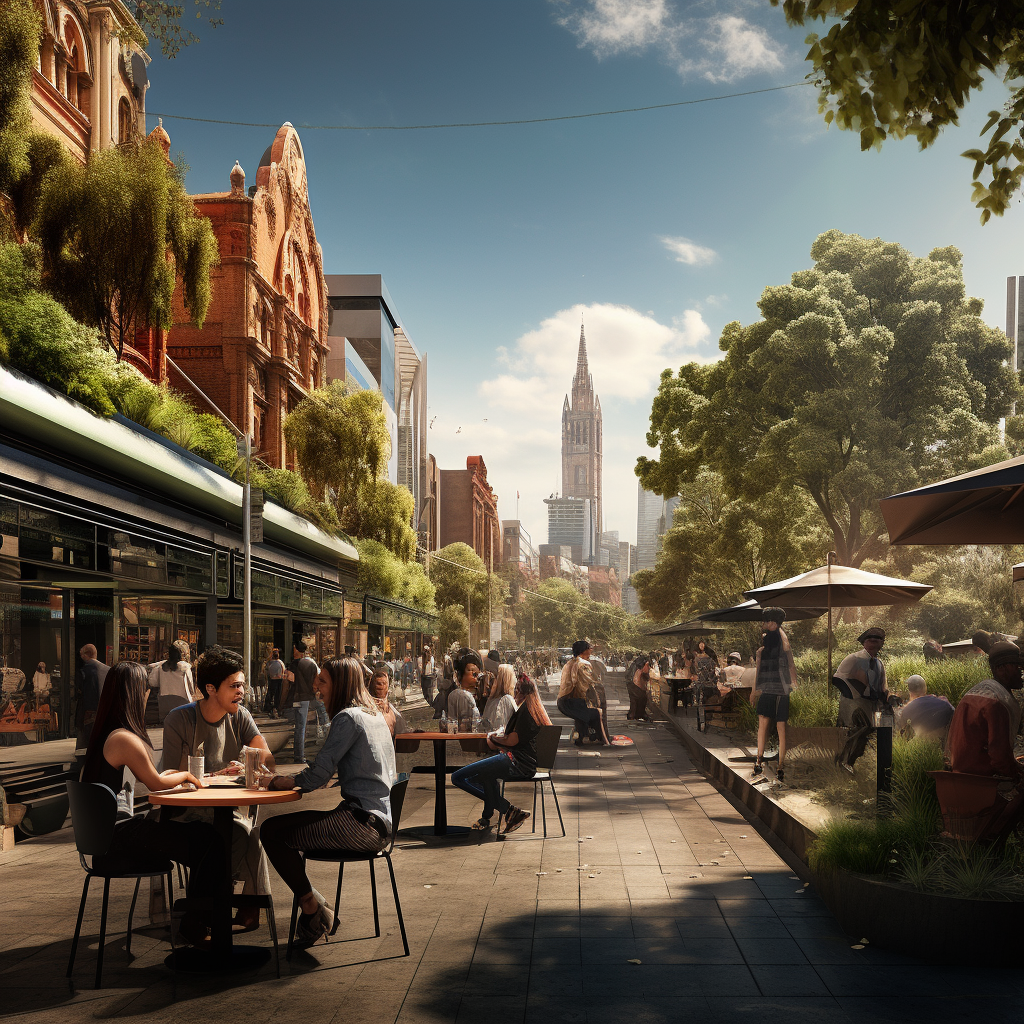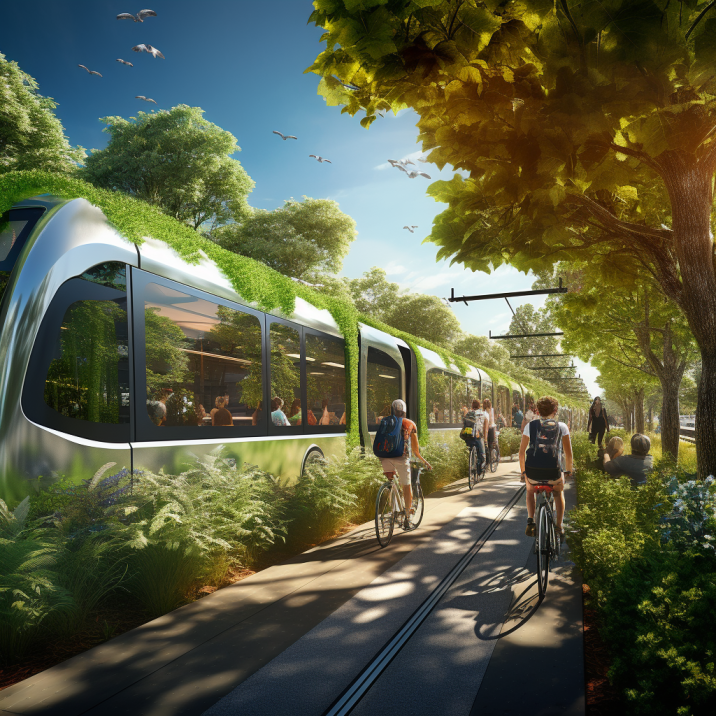The Melbourne Doughnut
Explore how well Melbourne is tracking as a place that supports people and planet to thrive.
Biodiversity Loss
A decline in the number and variety of living species damages the integrity of ecosystems and accelerates species extinction. In doing so, it increases the risk of abrupt and irreversible changes to ecosystems, reducing their resilience and undermining their capacity to provide food, fuel and fibre, and to sustain life.
Contributors to Biodiversity Loss
Human activity has had more severe impacts on biodiversity in recent years than any other period in history, and this is continuing to increase. Biodiversity loss is caused by:
- Urban development and land-use changes that replace natural environments and disrupts corridors where wildlife live and move
- Introducing non-native species that overwhelm native species create ecosystem imbalance
- Excessive extraction of native species that puts pressure on their ability to maintain healthy populations
- Changes to climate and local conditions (such as through pollution) that make habitats uninhabitable
Planetary Quotas for Greater Melbourne
Each dimension of the Ecological Ceiling is measured using per-capita Planetary Quotas for Greater Melbourne.
Biodiversity Loss
Human activities that reduce biodiversity are putting the health and resilience of ecosystems at risk
What we're measuring
Potentially Disappeared Fraction (PDF) of species
- 2030 Target
- Under 5.7e-7 PDF per year
- Now
- 2.8e-6 PDF per year
Placing Biodiversity Loss in the system
Global to local connections
Biodiversity Loss disrupts ecological conditions on both global and local levels. Steps taken across Greater Melbourne can reduce negative biodiversity impacts and contribute to regeneration at a city scale, simultaneously reducing risks of irreparable global harm. Biodiversity in Greater Melbourne can be enhanced through actions such as:
- Changing development patterns to preserve natural habitats and wildlife corridors
- Reducing pollution in natural environments, including waterways
- Enhancing soil quality
- Urban rewilding programs that reintroduce native species and re-establish biodiversity corridors
Stories
Learn more
How was this dimension developed?
The Biodiversity Loss dimension of the Greater Melbourne City Portrait has been developed in collaboration with Open Corridor with research support from the University of Melbourne. The assessment of Melbourne's environmental footprint applies a Planetary Accounting approach. A detailed description of the City Portrait methodology is outlined in the About section of the website.
Where can I access the data?
Data for Biodiversity Loss, along with the other Ecological Ceiling dimensions are available in the Ecological Ceiling Dataset.
For Social Foundation dimensions, see the Social Foundations Dataset.
Where can I find more information on Biodiversity Loss in a regenerative Melbourne?
The City Portrait is informed by extensive research and resources on Doughnut Economics and related frameworks, as well as sector-specific research associated with each dimension. More detailed research that has informed the Biodiversity Loss dimension is available to explore via Altiorem's library.
How can I get involved?
To get involved with ongoing development of the City Portrait or learn more about Regen Melbourne, email alison@regen.melbourne




